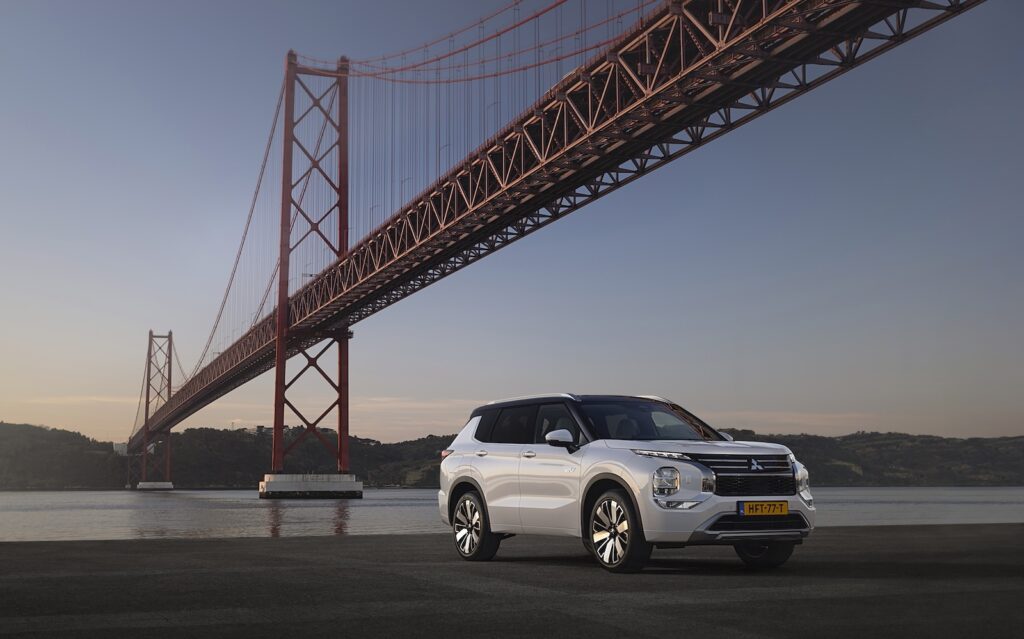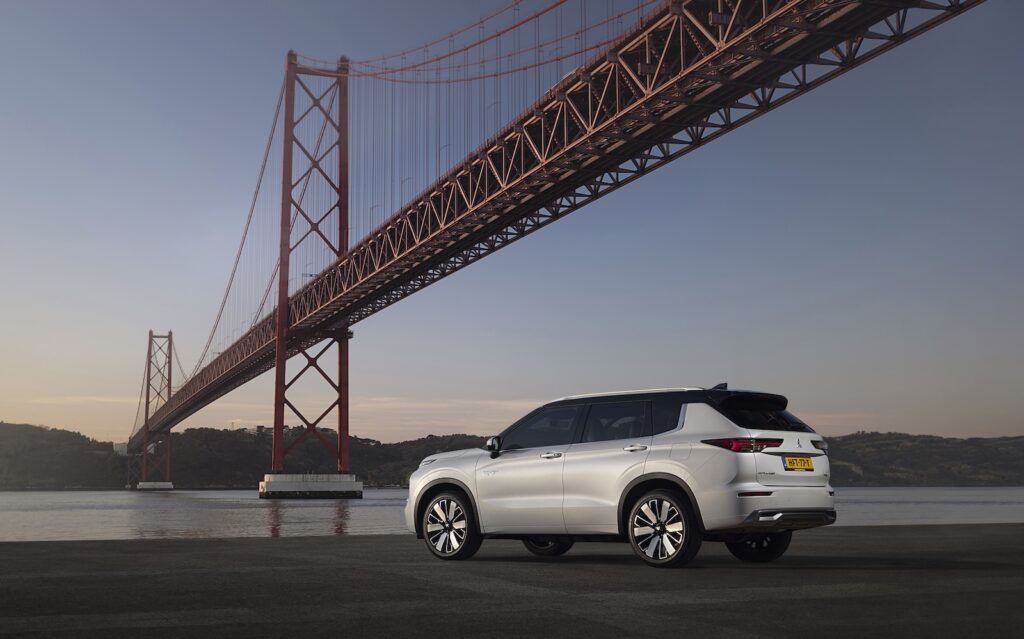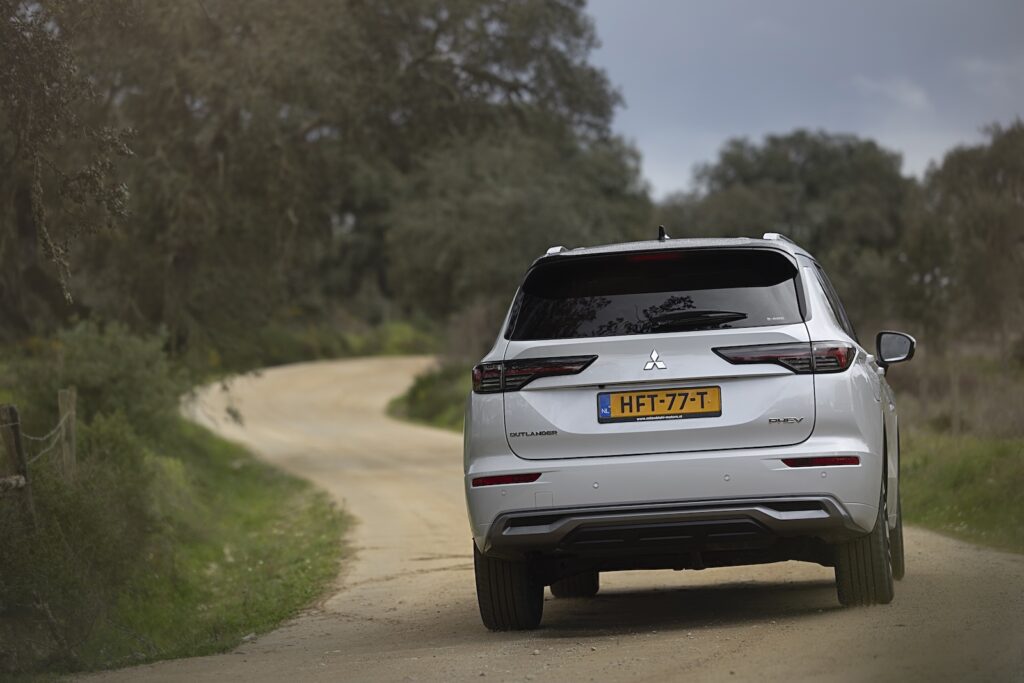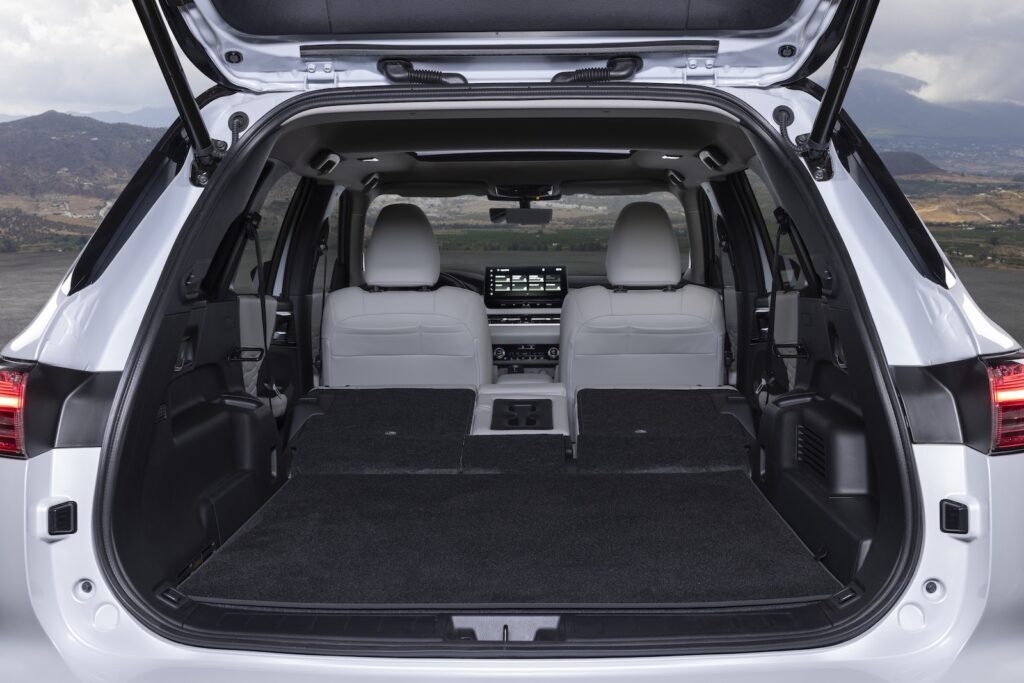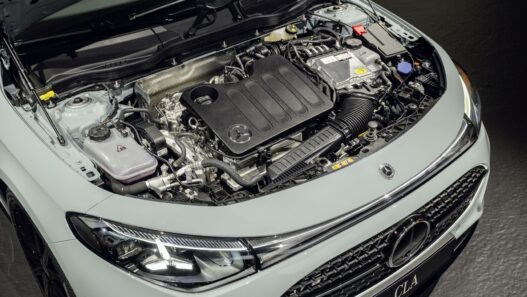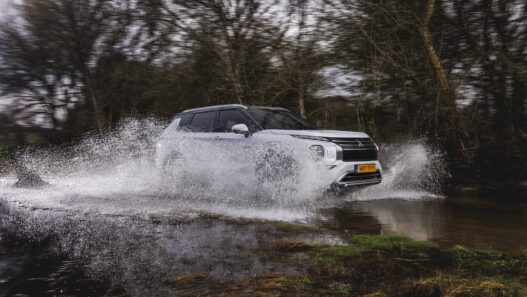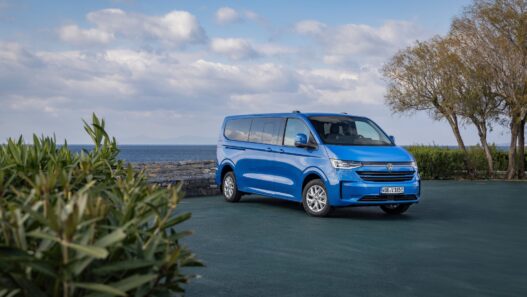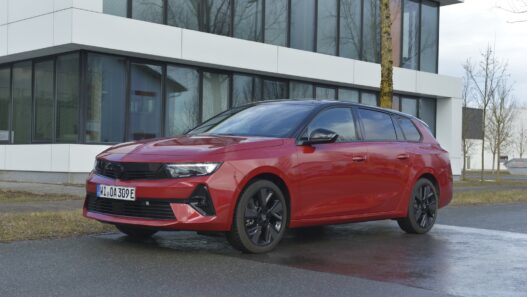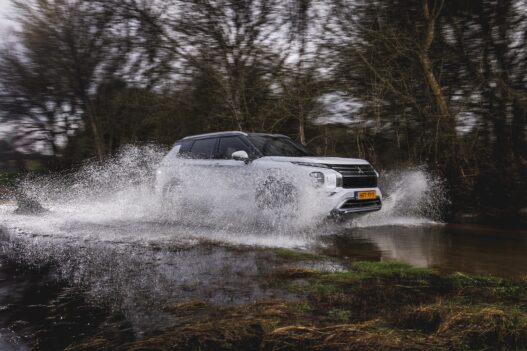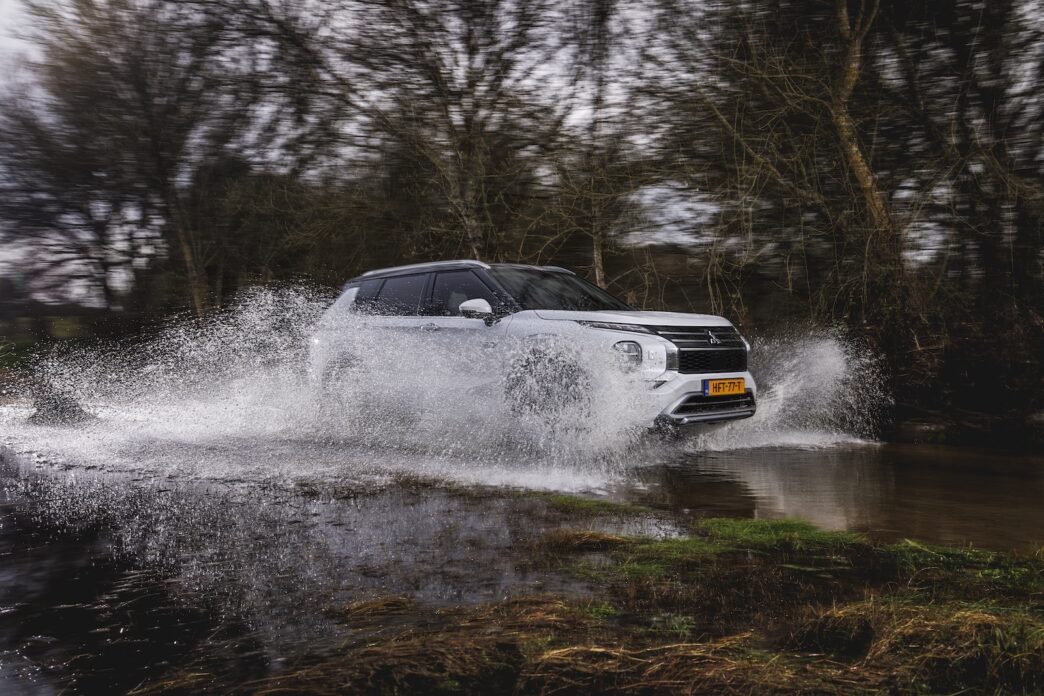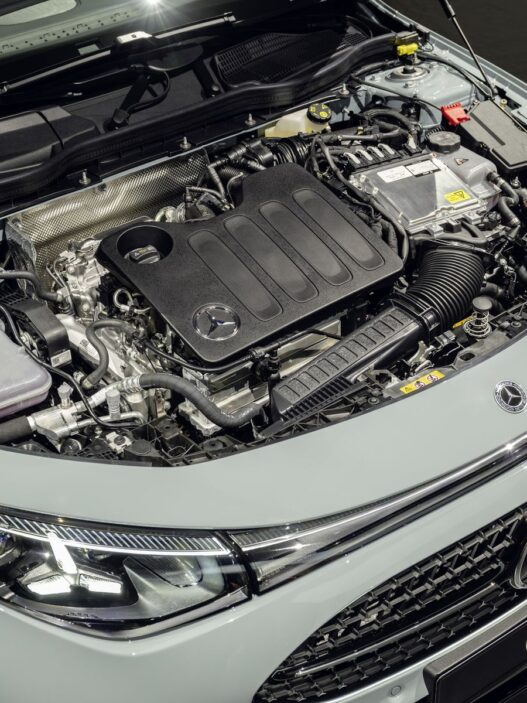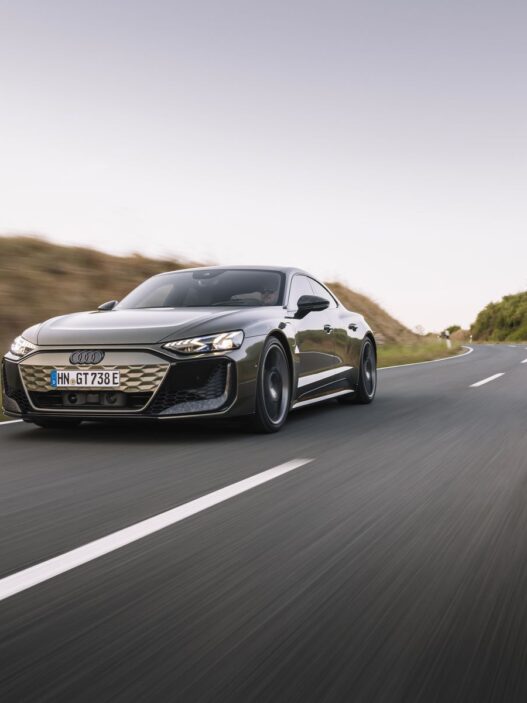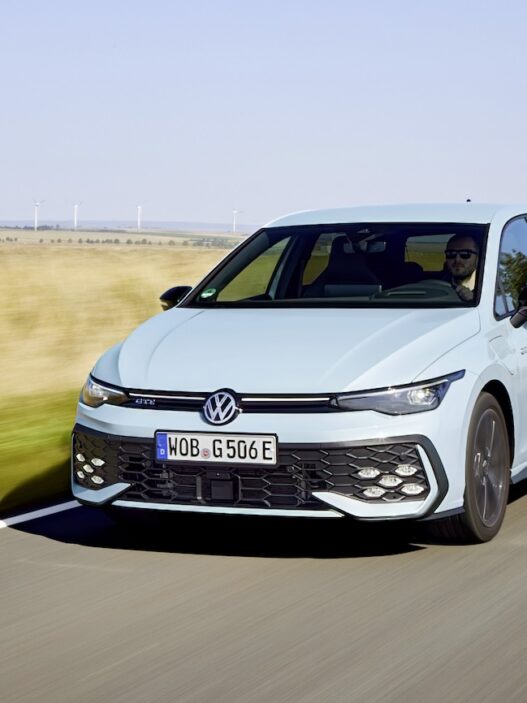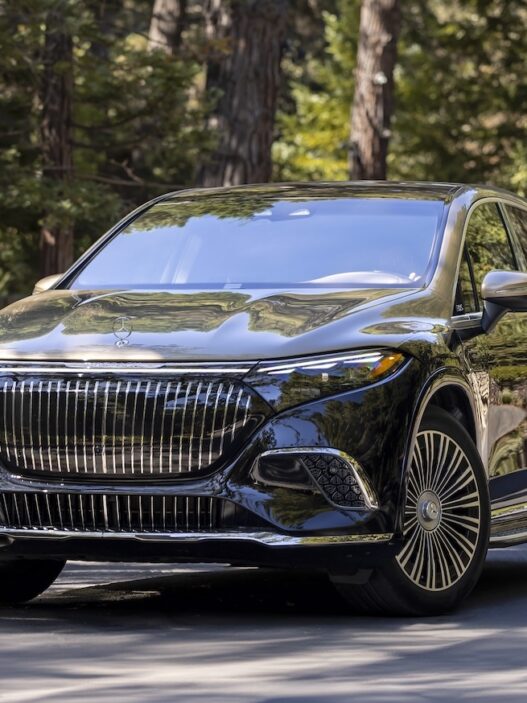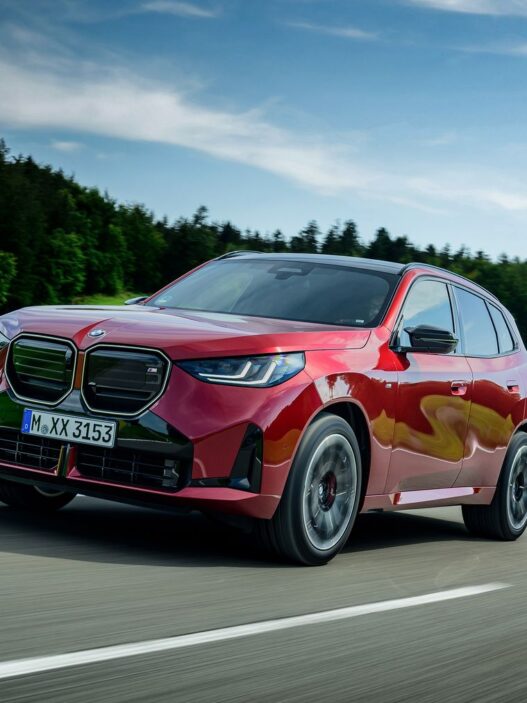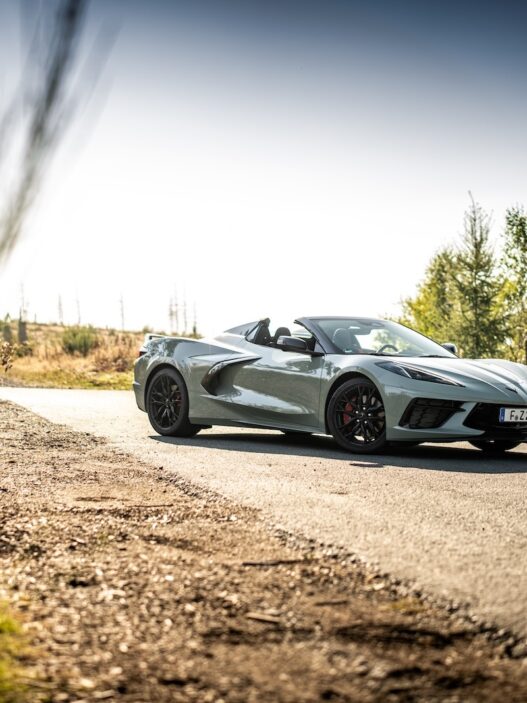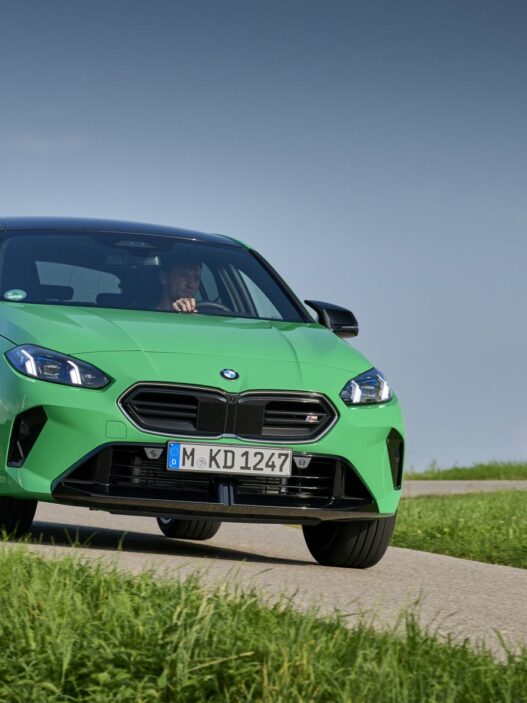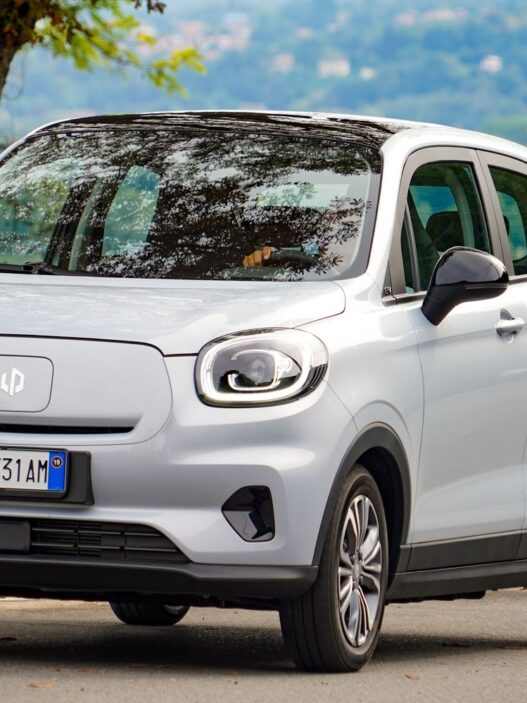In the U.S., the Mitsubishi Outlander has already been available for over three years, but it has taken its sweet time reaching European shores. With such delays, is Mitsubishi’s hybrid comeback in Europe already over before it begins?
Hybrid Pioneer with Authentic DNA
Once upon a time, Mitsubishi was a significant player in the hybrid mid-sized crossover segment—indeed, the Outlander even held market leadership. However, delays in bringing new models to Europe meant the latest generation Outlander seemed destined for the sidelines.
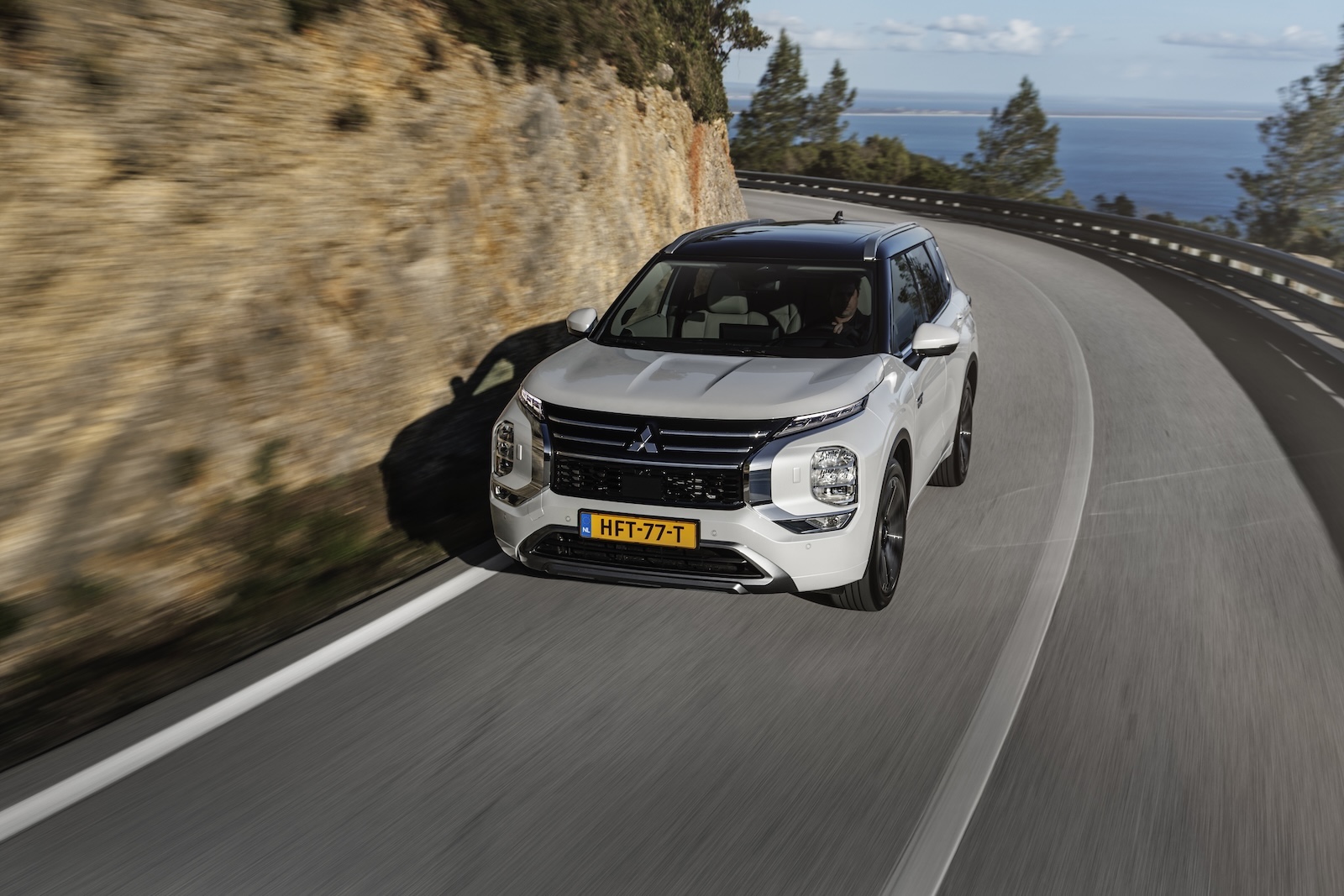
While admittedly getting on in years, the current Outlander remains far more authentically Mitsubishi than recent offerings like the Colt or ASX, which share their technical DNA with Renault counterparts.
Upgraded Electric Performance
The 4.72-meter Outlander continues to employ its familiar triple-powertrain system: a 2.4-liter four-cylinder engine paired with two electric motors (116 and 136 hp) for a combined power output of 225 kW / 306 PS. Crucially, Mitsubishi has boosted electric range to an impressive 85 kilometers, thanks primarily to a battery upgrade from 13.8 kWh to a substantial 22.7 kWh.
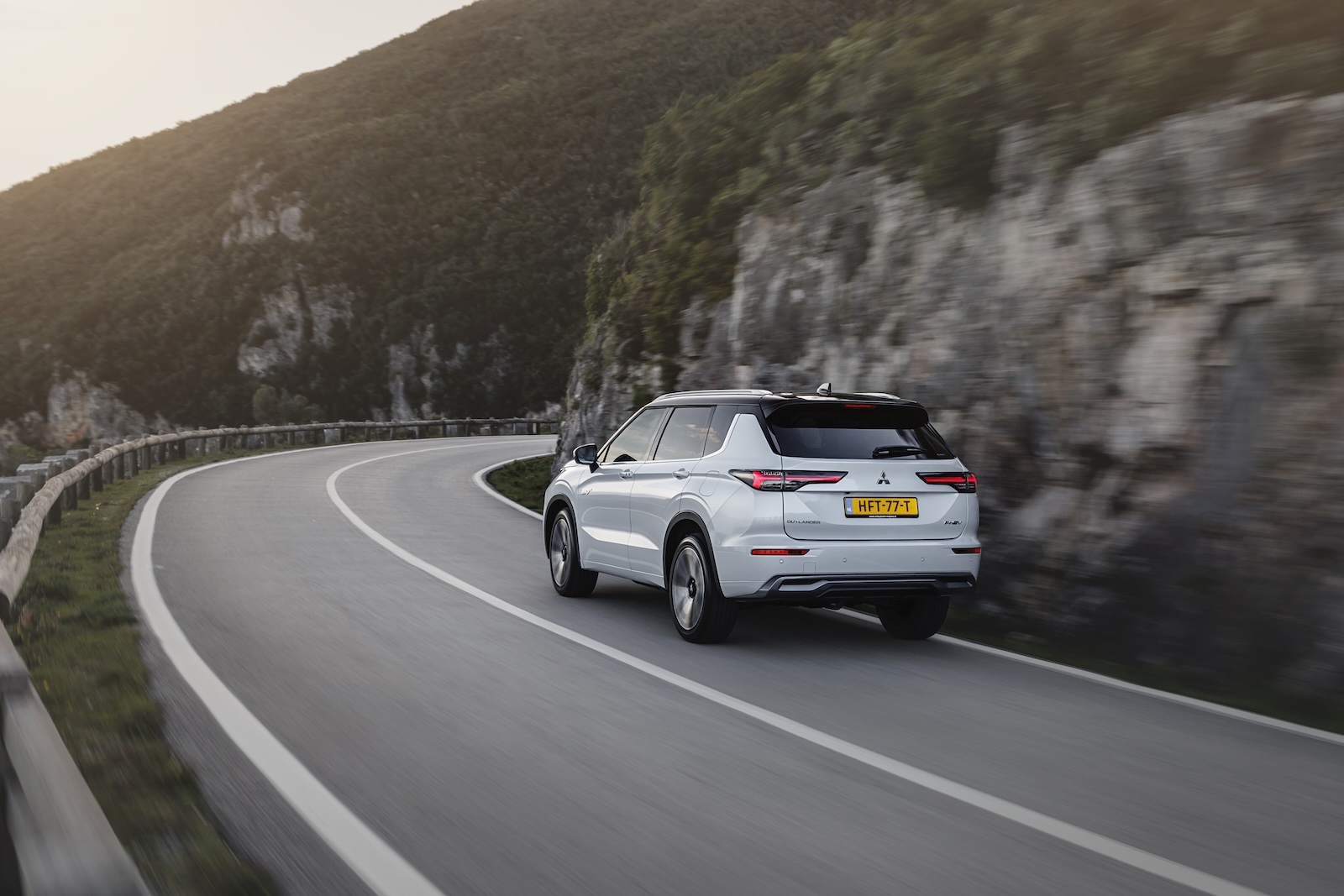
Charging speeds vary from a modest 3.5 kW AC to a brisker 50 kW DC. Unfortunately, it still uses the Japanese CHAdeMO plug, now increasingly rare and mostly found on Nissans.
Spacious and Comfortable Interior
The new-to-Europe Outlander scores well on interior space. Rear seats sit slightly higher than the front, delivering excellent legroom and headroom. However, seating three adults in the rear quickly becomes tight due to limited width.
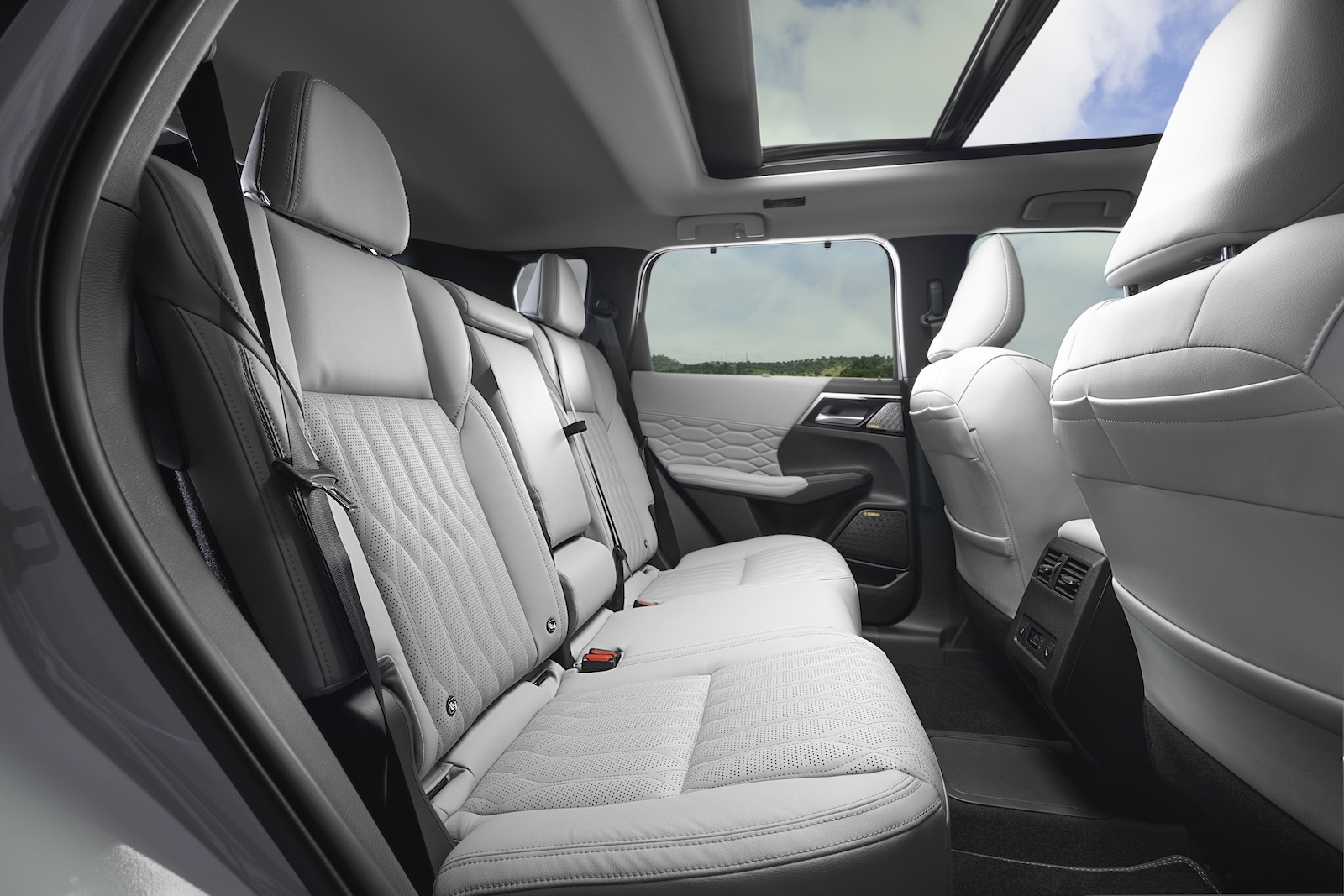
Rear passengers benefit from separate climate controls, heated outer seats, and a standard panoramic roof in the top model, which floods the cabin with natural light. Cargo space is versatile, expanding significantly from 495 liters to over 1,500 liters when rear seats are folded down.
Quality Cabin, Dated Tech
Interior quality earns good marks, particularly with optional premium leather trim. Yet, despite dual 12.3-inch displays and a head-up display, the cabin’s overall design and ergonomics appear dated compared to competitors.
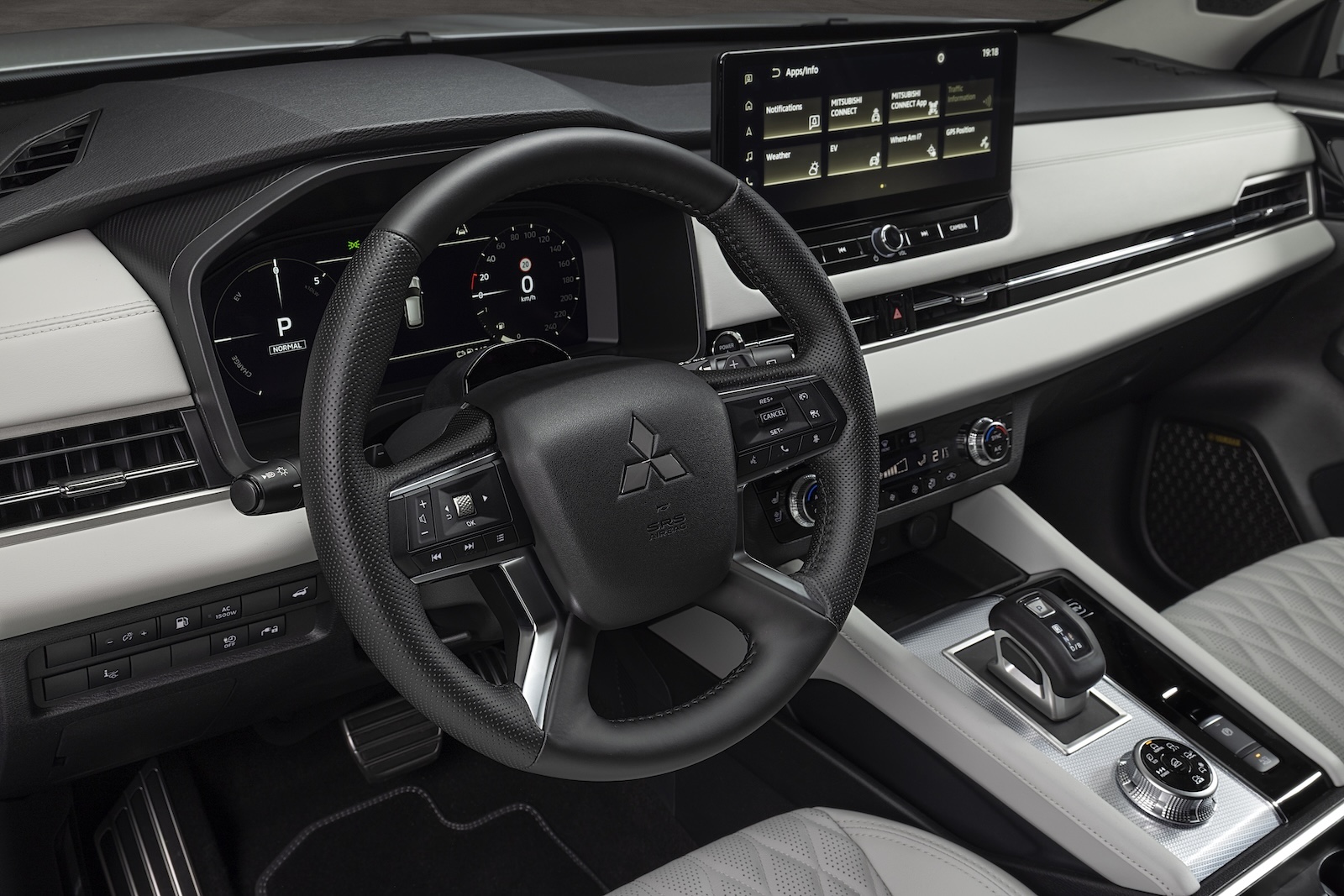
The multimedia system does integrate real-time traffic info and supports wireless Apple CarPlay and Android Auto. Convenient paddle shifters behind the steering wheel allow precise control over regenerative braking, complemented by selectable driving modes: Normal, Tarmac, Gravel, Snow, Mud, Eco, and Power—though real-world differences between these modes are minimal.
Efficient, Not Exhilarating
Despite its 306 PS and hefty 450 Nm torque, the Outlander, tipping the scales at over two tonnes, prioritizes efficiency (official consumption: 0.8 liters/100 km) rather than outright performance. Top speed maxes out at a modest 170 km/h, limiting its long-distance Autobahn appeal.
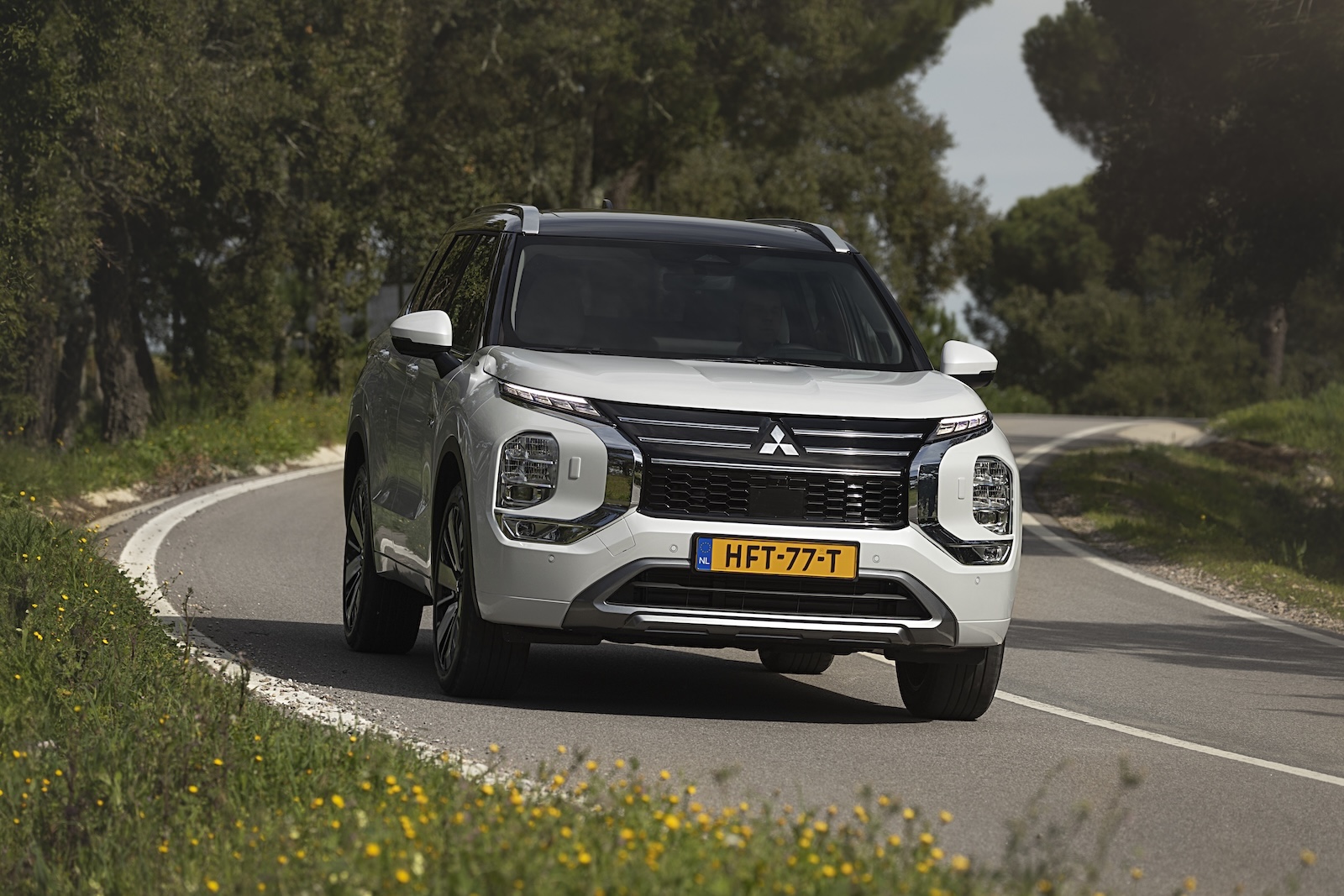
On electric power alone, the Outlander reaches 135 km/h, and the sprint from 0 to 100 km/h takes a respectable 7.9 seconds. Steering and braking feel impressively responsive and precise, and ride comfort remains notably high, even with 20-inch wheels—better than many rivals in this class.
Competitive Pricing, Future Replacement
While the prolonged absence from Europe likely means Mitsubishi won’t reclaim its past dominance, the Outlander is far from a poor choice. With a competitive starting price of around 50,000 euros and an appealing five-plus-three-year factory warranty, it should still catch the interest of hybrid enthusiasts. However, prospective buyers should note: a successor is already planned for launch in two years.
Technical Specifications: Mitsubishi Outlander PHEV
- Engine: 2.4-liter petrol with two electric motors
- Displacement: 2,360 cc
- Combined Power: 225 kW / 306 PS
- Torque: 450 Nm
- Top Speed: 170 km/h (Electric: 135 km/h)
- 0-100 km/h: 7.9 seconds
- Drive Type: All-wheel drive
- Transmission: CVT automatic
- Fuel Consumption: 0.8 l/100 km / 19 g CO2 / 23.4 kWh
- Electric Range: 85 km
- Battery Capacity: 22.7 kWh
- Cargo Volume: 495 – 1,404 liters
- Base Price: €49,900
